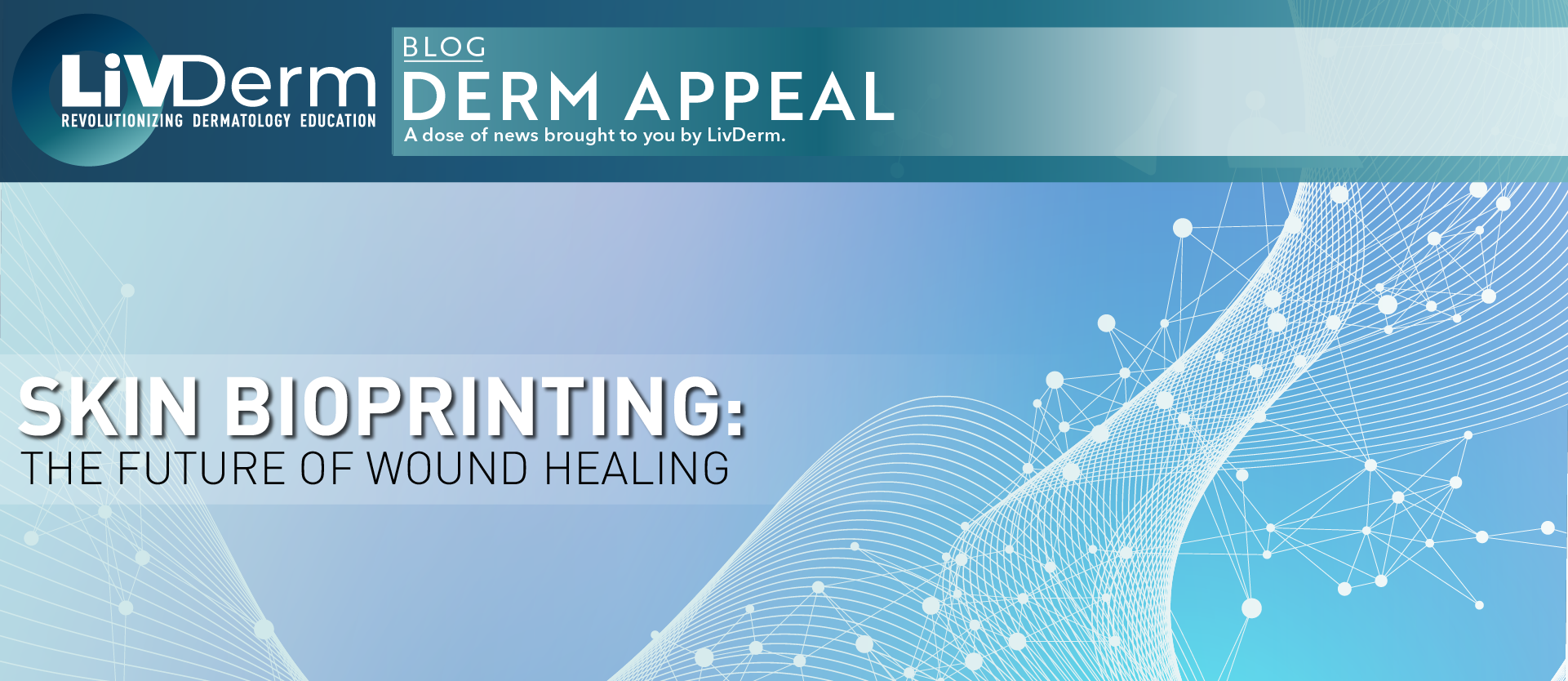Although the incidence of serious burns has declined in recent years, they remain a leading cause of trauma worldwide. Over 11 million people worldwide require medical treatments for burns annually, while many more suffer from other severe wounds, such as diabetic and pressure ulcers. In the clinical setting, the focus of patient care has increasingly shifted from ensuring patient survival to facilitating improved functional and cosmetic outcomes.
The current gold standard treatment for treating severe wounds is the use of split thickness autografts. Although, whether adequate coverage is provided depends on the availability of healthy donor skin. In addition, the use of allografts presents the risk for immune rejection thus, the development of dermal substitutes has led to improvements in both survival rates as well as full thickness wound closure.
Currently available cellular therapy techniques – including manual cell seeding and cell spraying – have proven to successfully facilitate rapid wound coverage, accelerate healing, and improve cosmetic outcomes when compared with noncellular methods. However, these strategies are characterized by low delivery precision and are incapable of generating complex skin structure required for optimal functional and aesthetic outcomes.
Bioprinting for Wound Healing
As a relatively new technology, bioprinting utilizes inkjet printers to fabricate and directly deliver skin cells to specific skin sites, offering a potential solution to the current challenges in wound healing treatment. In murine and porcine models, researchers delivered promising results revealing the benefit of using skin bioprinting for the treatment of severe wounds.
As part of a 2019 proof-of-concept study, scientists validated the use of a novel mobile skin bioprinting system that deposits skin cells directly into full-thickness wounds. The study found that the deposition of “layered autologous dermal fibroblasts and epidermal keratinocytes in a hydrogel carrier was associated with a 3-week acceleration in wound closure, 50% reduction in wound contraction, and 4- to 5-week acceleration in wound re-epithelialization” when compared with other treatments.
Furthermore, an early 2020 porcine preclinical study published in Biofabrication reported similar success using a handheld instrument for direct, wound-conformal delivery of mesenchymal stem/stromal cell-containing fibrin sheets to the wounded area of full-thickness burns. The technique was found to improve re-epithelialization, dermal cell repopulation, as well as neovascularization, indicating that the device has the potential to be successfully introduced into the clinical setting in order to improve the standard of regenerative skin medicine.
Improved Survival and Outcomes
As wound coverage and regeneration are essential to patient health and wellbeing, the goal in treatment is to avoid inducing new wounds or inflicting more pain. Recent evidence supports bioprinting as a safe and less painful treatment method, revealing it is also beneficial to patient survival and patient outcomes.
“In addition to survival, long-term outcomes such as scarring, itch, and tightness are also important,” Marc Jeschke, MD, PhD, director of the Ross Tilley Burn Centre in Toronto, Ontario, senior scientist at the Sunnybrook Research Institute, and professor in the department of surgery and plastic surgery and the department of immunology at the University of Toronto told Dermatology Advisor in an interview. “Poor quality of life is one of the major challenges remaining in burn care. Therefore, the hope is that this can be significantly improved through the use of regenerative medicine and skin printing.”
Advancing Technology
Experts believe advancing the technology to clinical trials will be straightforward, however, it will require the cell composition, flow, and printing to be appropriately optimized. “Once we determine how these cells should be incorporated and structured, and which matrix to use, a clinical safety trial will be conducted,” Dr. Jeschke, who forecasts this happening in the next 5-10 years citing increasing knowledge about cellular components, explained.
Standardizing the scale-up process for cell culture and expansion is the next step toward clinical use, Adam Jorgensen, MD/PhD candidate working on the bioprinting research team at the Wake Forest Institute for Regenerative Medicine told Dermatology Advisor. “Facilitating simplified isolation methods and improving cell expansion techniques will reduce costs and improve the turnaround time from the time of biopsy to implantation,” he concluded.
Ultimately, skin bioprinting for the treatment of burns and severe wounds could significantly accelerate wound closure and healing, reducing the risk for infection, minimizing scarring and improving cosmetic outcomes. These improvements are likely to reduce the number of required surgeries and length of hospital stay in many cases. Nonetheless, bioprinting technology is still far from widespread use in the clinical setting, yet emerging evidence and promising trial results foreshadow a bright future for regenerative skin medicine.
















